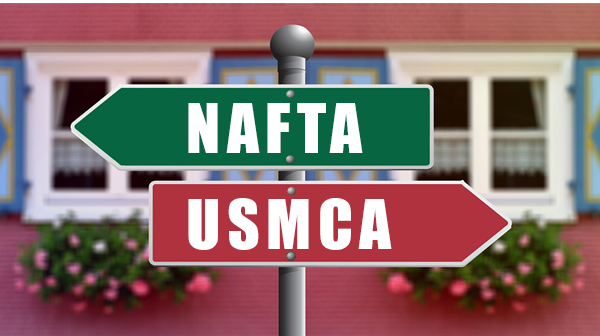When Will the New USMCA Come into Force?
- 10-17-2018
- By Pilot Law LLP
The “agreement in principle” on a new replacement agreement for NAFTA between Canada, the U.S. and Mexico (the “USMCA”), reached on September 30, 2018 after 13 months of negotiation, is not yet a formal agreement. It must first undergo a “legal scrub” by legal counsel from the three countries to fill out missing sections of the agreement and eliminate legal ambiguities and conflicts within the agreement’s text.
A next step will be the signature of the full text of the agreement by the leaders of Canada, the U.S. and Mexico. Reportedly, the U.S. Administration would like this to take place on November 30, 2018 at the G-20 summit in Buenos Aires, Argentina.
The USMCA must, subsequently, also be ratified by all three parties. Each country will soon start the process of drafting the domestic legislation required to implement the new agreement. In the case of Canada, passage of the legislation required to implement the USMCA and permit the government to ratify the agreement is not particularly difficult, given that the Liberal Government commands a majority in the Canadian House of Commons. Likewise, in Mexico the incoming administration of Andres Manuel Lopez Obrador will have no difficulty shepherding the new agreement through the approval process in the Mexican Congress.
The U.S. is a different story, given the American Constitution and its split authority for various trade issues as between the Executive Branch and the Congress. The upcoming U.S. mid-term elections in November 2018 may see a shift to the Democrats in one or both chambers of the U.S. Congress. If that happens, the U.S. Congress may be reluctant to give the President Trump a win by passing all of the implementing legislation required in preparation for ratification of the deal by the U.S. There may be calls for certain key provisions within the jurisdiction of Congress to be renegotiated to reflect the views of a new Democratic majority in either, or both chambers of Congress.
Accordingly, while the U.S. Administration would like to see the required implementing legislation for the USMCA in place by the end of 2019 to permit the U.S. to ratify the agreement and provide for its entry into force on January 1, 2020, the U.S. legislative timetable is entirely subject to the outcome of the November midterm elections. It is impossible to accurately forecast the outcome at this point.
Meanwhile, the NAFTA remains in full force and effect pending the entry into force of the USMCA. It should be noted that the USMCA does not affect either the existing countervailing and anti-dumping duties on Canadian softwood lumber, nor the existing 25% steel and 10% aluminum tariffs imposed by the Trump Administration on imports from Canada and Mexico on June 1, 2018. The latter is expected to be the subject of negotiations between Canada, Mexico and the U.S. over the next couple of months.
 Mark Sills
Mark Sills
Colleague
Pilot Law LLP
Connect with me on LinkedIn
READ NOW: NAFTA 2.00: The New US-Mexico-Canada Trade Agreement





 100 King Street W. Suite 5700, Toronto, ON M5X 1C7
100 King Street W. Suite 5700, Toronto, ON M5X 1C7
